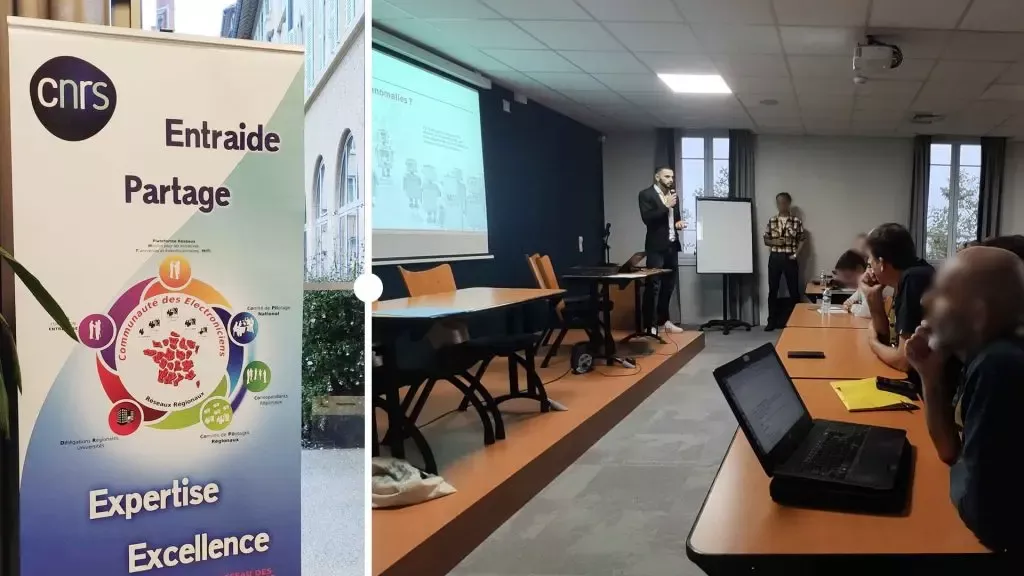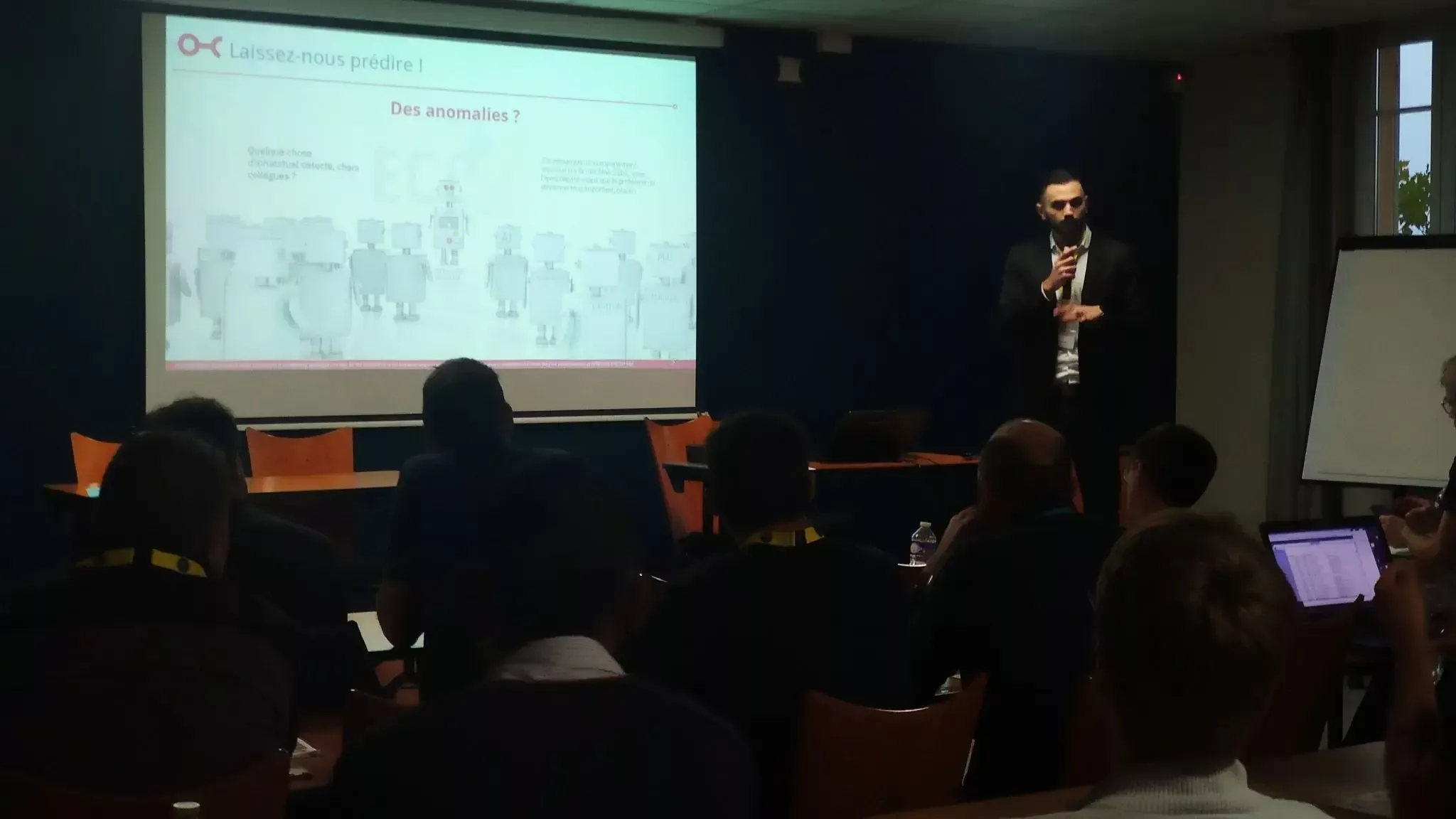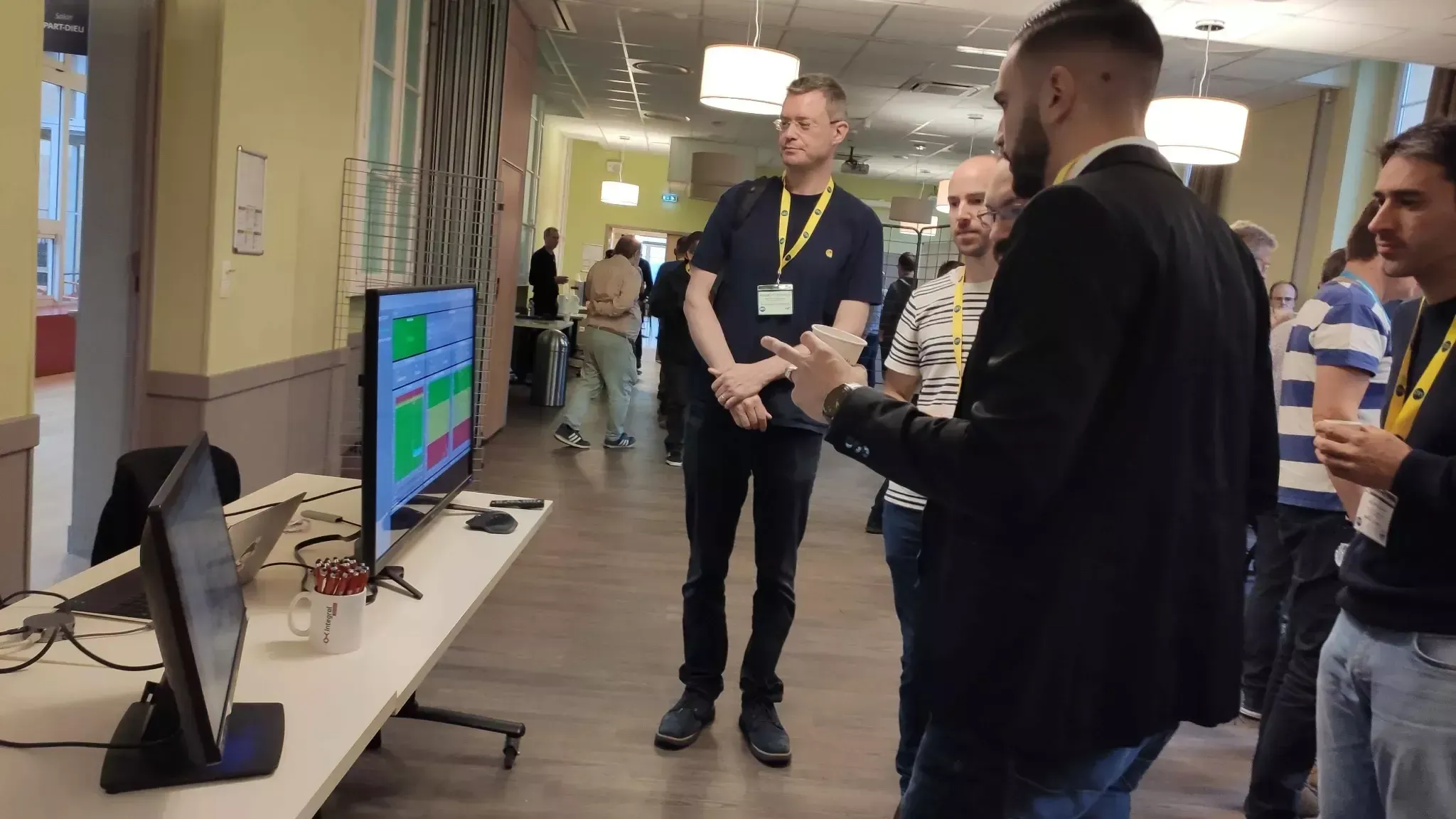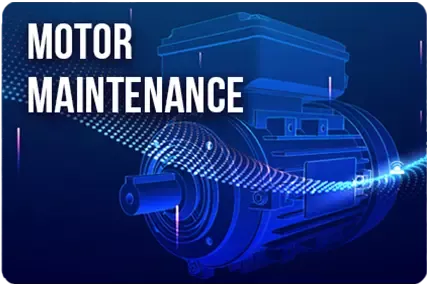

From October 7 to 11, 2024, the 4th Technological School organized by the CNRS Electronics Network (RdE) took place at the Domaine Saint Joseph in Sainte-Foy-lès-Lyon. This event brought together nearly 80 professionals around a meaningful theme: eco-responsible electronics and instrumentation.
Over five days, researchers, engineers, and industry professionals exchanged ideas on best practices and innovations aimed at designing sustainable electronic systems, with a particular focus on analog electronics in instrumental measurement chains.
A rich edition in knowledge, encounters, and perspectives for the electronics of tomorrow.
Over five days, researchers, engineers, and industry professionals exchanged ideas on best practices and innovations aimed at designing sustainable electronic systems, with a particular focus on analog electronics in instrumental measurement chains.
A rich edition in knowledge, encounters, and perspectives for the electronics of tomorrow.
An innovative solution serving research and industry
As guests and sponsors of this 4th Technology School, we had the honor of presenting our predictive maintenance solution in front of an assembly of researchers, engineers, and professionals from laboratories and industrial players.
This presentation was an opportunity to showcase our company, our expertise in the field of IIoT, as well as our innovative approach to optimizing the maintenance of rotating equipment.
This presentation was an opportunity to showcase our company, our expertise in the field of IIoT, as well as our innovative approach to optimizing the maintenance of rotating equipment.

A real-time predictive maintenance demonstration from our Chassieu site
Throughout the event, we showcased a remote demonstration of our solution, installed on our test bench in Chassieu (69).
This demonstration featured a running engine, equipped with our WISE-2410 vibration sensor and a standalone e-green current sensor.
Thanks to this setup, visitors were able to visualize in real-time the collected data, vibration indicators, temperature curves, and predictions generated by our artificial intelligence algorithm.
This configuration perfectly reflected a concrete case of field application, while remaining accessible from a simple web browser.
This demonstration featured a running engine, equipped with our WISE-2410 vibration sensor and a standalone e-green current sensor.
Thanks to this setup, visitors were able to visualize in real-time the collected data, vibration indicators, temperature curves, and predictions generated by our artificial intelligence algorithm.
This configuration perfectly reflected a concrete case of field application, while remaining accessible from a simple web browser.

Rich exchanges about possible applications
The wealth of exchanges has confirmed the growing interest in predictive maintenance, both in industrial settings and in research environments.
Many participants showed particular curiosity about the possibilities offered by our laboratory system, especially for monitoring critical or hard-to-access equipment.
A striking example mentioned concerned fume hood motors, often placed high up or in confined areas. In this type of context, our solution provides a concrete response to access and monitoring constraints, allowing for precise and continuous remote monitoring without the need for regular physical intervention.
Many participants showed particular curiosity about the possibilities offered by our laboratory system, especially for monitoring critical or hard-to-access equipment.
A striking example mentioned concerned fume hood motors, often placed high up or in confined areas. In this type of context, our solution provides a concrete response to access and monitoring constraints, allowing for precise and continuous remote monitoring without the need for regular physical intervention.
A technology adapted to complex environments
Our approach is based on a 100% wireless architecture using the LoRaWAN protocol, with autonomous sensors capable of operating for two years without maintenance.
The WISE-2410 integrates a 3-axis accelerometer and a temperature sensor, and locally calculates the main vibration indicators according to the ISO 10816 standard. Combined with an intelligent current sensor, the system allows our PHM (Prognostics & Health Management) algorithm to predict the health status of the equipment over a period of 7 days, with a high level of analytical precision, without the need for annotated data.
The WISE-2410 integrates a 3-axis accelerometer and a temperature sensor, and locally calculates the main vibration indicators according to the ISO 10816 standard. Combined with an intelligent current sensor, the system allows our PHM (Prognostics & Health Management) algorithm to predict the health status of the equipment over a period of 7 days, with a high level of analytical precision, without the need for annotated data.
A remarkable presence and beautiful prospects
Our participation in this technology school was a highlight: in addition to showcasing our solution to an expert audience, it allowed us to better understand the specific needs of laboratories and to think about new use cases.
These exchanges confirm the relevance of our approach and pave the way for future collaborations in the world of scientific research and instrumentation.
Discover our ready to resell solutions

Customized solutions
You have a very specific project, very precise needs, need expertise ? Let's talk !
Contact us
